
Anime Review of Wonder Egg Priority
More Videos
Published
2 years agoon
By
Daphne Fama
I’ve always wanted to do an anime review of Wonder Egg Priority and now that this anime is celebrating its one-year anniversary, this is the perfect time! Wonder Egg Priority is a thirteen episode series defined as a psychological horror / drama. And there’s some real emphasis on the psychological aspect of that.
It follows four girls coaxed into purchasing “Wonder Eggs” from a capsule machine, at the behest of two mannequin-esque men. This egg will grant you whatever you wish. And the first one’s free! … But nothing costs more than a free gift.
“Nothing costs more than a free gift.”
These eggs hatch while the girls are dreaming, turning into the the spirits of young girls who’ve committed suicide. And these ghost girls don’t come alone. The trauma that caused them to commit suicide follows them, manifesting as something monstrous. Our protagonists are tasked with protecting these dead girls by defeating their traumas, using ridiculously oversized magical girl weapons.
The premise is utterly surreal. But it works. It’s the mash up of Persona 5 and Madoka Magica that you didn’t know you wanted.
But Wonder Egg Priority paves new ground by dissecting the unique, and often isolating, suffering that comes from being an adolescent girl. The cause of that suffering is often shown to be the adults around the egg-born victims. Adults who either were the outright perpetrator or silent enablers, and how that power dynamic lead so many girls to suicide.
While you don’t need to be a girl to understand, or have experienced, the things that these girls go through… it is spoken through a very gendered lens. But after watching some utterly garbage female representation, Wonder Egg Priority was deeply refreshing.
Cinematic
Wonder Egg Priority provides gorgeous visuals and action sequences, blended together with bright colors and dazzling music, despite the bleak subject matter. The animation is at moments dream-like and sometimes hyper-realistic. This back and forth between dream and reality is intentional and often seamless, sometimes leaving you questioning which is which.
Characters
The characters are where Wonder Egg Priority truly shines. We follow four girls, each of which have endured deep trauma that have lead them to their own flirtations with self-destruction. They each have someone in their life that has committed suicide, who they’re desperate to have back.
Each character is unique and likely relatable to someone. Ai, a shut-in who was relentlessly bullied. Rika, a girl suffering through deep negligence at home. Momoe, who struggles with her gender identity. And Neiru, an emotionally detached girl who wants to feel human.
Each of them deal with their trauma in their own ways. From hiding away from the world to lashing out at those who love them.
Over the course of the series, their friendships with each other help heal some of the trauma they’ve been carrying and they develop healthier methods of coping with their own (ongoing) struggles. They also meet the Four Temperament Ensemble trope, which is neat.
Story
So, here’s where Wonder Egg Priority becomes a little… infamous. The first half of the series is impeccable! It’s so easy to devour the first half of the series in one sitting. Which I did.
Wonder Egg Priority is more character-driven than plot-driven… for at least the first six episodes. And it works perfectly, melding character and action. And then it hits its (SPOILER) sci-fi moment (/SPOILER). By episode 7/8, Wonder Egg Priority starts its suicide spiral. Tasteless pun intended.
Until the last quarter of the anime, Wonder Egg Priority has laid so many interesting moments of world-building, so many mysteries. I was invested, despite the sudden-left turn, believing fully that the development team would make it work.
But it’s clear that this is a series that was meant for two seasons but was hastily reduced to one. An issue they attempted to solve with an extra-long episode tacked onto the end, which wasted half its time with a 20 minute long run down of previous events.
The ending is all over the place. It’s universally regarded as terrible. There wasn’t enough buildup for it to make sense, and it fizzles into what can only be described as a lackluster pile of strings. Some of them are tied up, sure. But most aren’t.
Unfortunately, it’s unlikely that Wonder Egg Priority will get a second season, though it’s left us with so many questions.
But what’s far, far worse is that the strong message of the first few episodes (learning to deal with trauma and loss) was completely abandoned. (SPOILERSPOILERSPOILER) Wonder Egg Priority spends so much time contemplating the pain young girls go through because of the failure (or sadism) of adults in their life… only to end with two adult men trying to kill a young girl. And then manipulating the four protagonists through deeply traumatizing trials as a last-ditch attempt to kill this girl, when their own efforts fail. Way to kill your own socially relevant message with some random, vaguely incestuous nonsense. (/SPOILERSPOILERSPOILER)
Final Thoughts
Despite the extremely questionable last few episodes, Wonder Egg Priority is still worth the 320 minutes~ it takes to finish. It’s a great ride with a rough conclusion, but that doesn’t mean the journey wasn’t worth it.
Anime Review of Wonder Egg Priority Rating:
4/5
(trigger warning: sexual assault, references to self-harm, images of healed self-harm scars, multiple references to suicide, references to grooming and underaged relationships.)
You may like
1 Comment
Leave a Reply
Cancel reply
Leave a Reply
This site uses Akismet to reduce spam. Learn how your comment data is processed.
We have come now to the finale of season four of The Boys. And while it didn’t have the literal blood fireworks I wanted, someone did get ripped in half in the air. So, that’s pretty close.
As a note, I will try to avoid spoilers as much as possible. This ending was a hell of a gut punch that should be experienced as blindly as possible. That being said, I will not be able to avoid spoilers and still give a full legitimate review. Proceed at your own risk.
The story
The main storyline for this episode is the attempted assassination of President-Elect Robert Singer. The Boys join forces with the Secret Service to protect him. But, as we learned last episode, Annie has been replaced with a shapeshifter. A shapeshifter that was welcome not just into Hughie’s anus, but into the protective bunker in which the President-Elect is hiding.
What worked
The first thing I want to discuss about this episode is the ending. But we need to do this carefully.
The important thing here is that the ending breaks your heart on so many levels. So many terrible things are happening to characters that it’s almost hard to keep track. And each moment is significant to each character.
I cannot give a specific example. But no matter who your favorite character is, you’re going to weep for them.
Unless your favorite character is Sage. And this is the next thing that made this episode so fantastic.
I don’t think I’m spoiling anything to say that Sage’s plans worked out exactly as she wanted them to. And she got exactly what she wanted.
What she wanted wasn’t power. It wasn’t money or fame or vengeance. It wasn’t to win the love of anyone. She just wanted to see if she could do it.
That is a terrific, terrifying motivation! Because all she wants is to play a massive game of chess with people as pieces. She doesn’t care about anyone. She just wants to see how many people she can manipulate. She just wants to set things on fire to see if she can.
Fantastic. A plus villain work.
The next thing I want to discuss is a cornerstone of the whole series.
The morality of The Boys shifts through the series. While it’s very much a battle to save the world from overpowered super monsters, it’s also a battle for the souls of our real heroes. And in that battle, there are two warring factors. We have Hughie, always trying to bring everyone up to a better level. And we have Butcher, who has no problem at all hitting rock bottom with a shovel in hand to do some more digging.
In this episode, we saw almost every member of The Boys challenged. Will they rise to their higher angels, or sink with their demons?
On a similar note, I am so glad that the writers kind of addressed my issues with Annie. They did this by having the shapeshifter get right into her face and accuse her of thinking that she’s better than everyone.
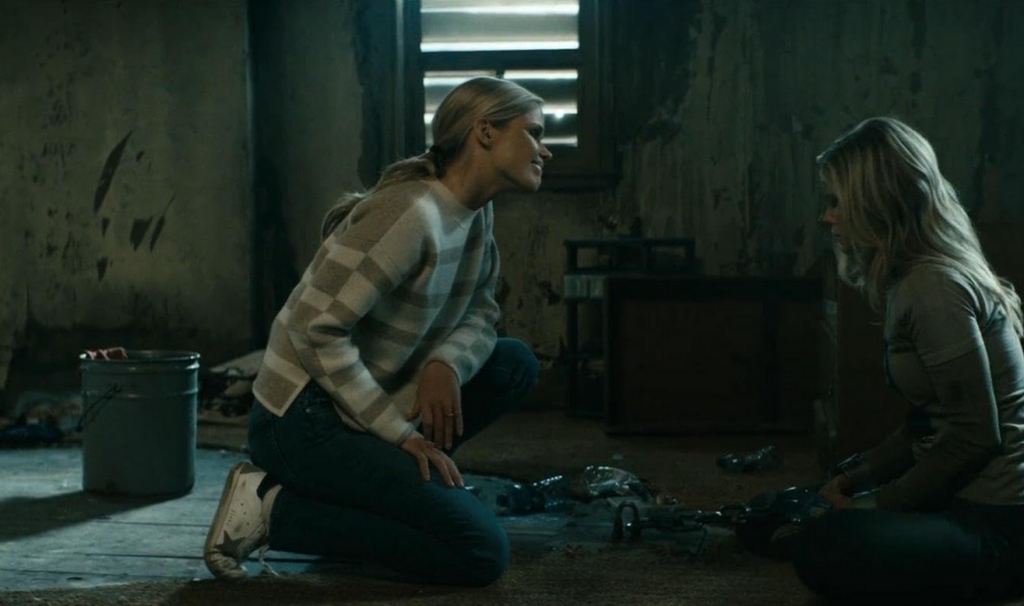
While that was devastating for the character, it was a little cathartic for those of us who felt like Annie was a little too good of a good guy.
What didn’t work
This is a small matter, but it is an issue that I want to address. After Annie finds out that Hughie slept with her doppelganger, she is furious at him.
In addition to this being unfair, it’s also a very cliche element to add. In almost every instance of a lookalike in fiction, there’s a moment where the love interest of the victim is fooled. Or almost fooled. And it’s always the same fight. It’s just played out and predictable. I’m just glad that it didn’t last very long.
Now that we’ve come to the end of the season, I can officially say that it was amazing. The story was deep and rich. The special effects were a stomach-turning good time. The character development was spot-on and satisfying. And, of course, it left me just about gagging to see what happens next. Unfortunately, it looks like we’ll have a bit of a wait. Because as of right now, the fifth season isn’t expected until 2026.

We’ve reached the second to last episode of The Boys, season four. And, as is appropriate for the penultimate episode of any show, things have to get a lot worse before they can get better.
Let’s discuss.
The story
Christmas is coming, and the whole world is getting ready. Ryan, despite being very clear that he didn’t want to appear on any TV shows or movies, has been strong-armed into participating in a Vought puppet Christmas special. He draws the line, though, when asked to sing about turning one’s parents in if they start talking about woke things.
Meanwhile, The Boys are trying to keep each other together. Butcher decides to take Sameer to the rest of the team. He also gets Frenchie out of prison, hoping they can make the Sup virus necessary to finally take down Homelander. Instead, this decision means disaster for one member of the team.
What worked
I first want to talk about Ryan’s speech near the end of the episode. Because it was exactly the moral of this whole story.
Ryan’s dad is a monster. His stepdad is also kind of a monster. But Ryan is a good kid. He cares about people, about family. And while he loves Homelander and Butcher, he doesn’t want to be like them.
Even better, this speech sounded like something a kid would say. Ryan didn’t open his mouth and start sounding like a college student all of a sudden. He sounds like a kid who misses his mom and wants to live up to the good standards she set for him. And I think that’s terrific.
Speaking of Homelander, he shot himself in the foot in this episode. I said earlier in the season that his hubris was going to be his downfall, and I was right. Without Sage, he just has the same weaknesses he’s always had. He’s going to fail because he just isn’t clever enough or patient enough to succeed.
Without Sage, I think a win is in the bag for The Boys. This isn’t to say that Homelander by himself isn’t dangerous. It’s just that he’s more like a wildfire than a controlled burn. He’s going to cause a lot of damage, but not get anything he wants out of it.
More’s the pity for him and everyone else who has to share his world.
Finally, I am thrilled with A-Train’s redemption story. I love that he wants to be a good person not to save himself, but to be a good person. His honest, pure and warm reaction to that little kid smiling at him in the last episode was heartwarming. It changed him in a moment, bringing to light a goodness that he’s been keeping under wraps for a long time.
This, along with Ryan’s courageous speech, proves once again what The Boys does so well. Yes, it’s gruesome. Yes, there’s blood and balls and batshit events. Yes, someone occasionally gets ripped in half. But there is a true human goodness in the story. One that we catch glimpses of. There are good people among the monsters. There is hope for redemption.
What didn’t work
Of course, so few things in this life are perfect, and this episode was no exception. For instance, I was irritated by the insinuation that Butcher cheated on his wife.
That just doesn’t make any sense. We’ve seen flashbacks of Billy and Becca. They were happy. He was happy. He was head over heels for her. And I don’t think it’s realistic or necessary for the character to throw in that he cheated. It does nothing to add to the story, it’s just a weird and offputting moment.
Doesn’t Butcher have enough to hate about himself? Can’t we just give him that at least he was a good husband?
Finally, I kind of hate that we ended up with Annie being caught. It’s just cliche, which is something I don’t normally say about this show. It feels lazy unless they do something very clever with it in the last episode. Which, I suppose, they might.
Next up is the season finale. And with this season being as insane as it has been, I’m expecting nothing short of bloody fireworks. And I mean literal fireworks of blood. At this point, would it surprise anyone?
 (4 / 5)
(4 / 5)
Episode six of The Boys was one of the most surprising episodes of the series so far. And that is certainly saying something. Because this season has so far been bonkers.
The story
Our episode today revolves around a party at Tek Knight’s lovely mansion. Yes, it does look just like Wayne Manor.
The Boys know that Tek Knight is working with Homelander on something, but they don’t know the details. So they decide to send Hughie in to bug the mansion.
Because that’s worked so well the other two times he’s tried to hide a bug!
It should surprise no one that this time goes no better. Hughie finds himself in Tek Knight’s basement. And by that I mean his BDSM dungeon.
Meanwhile, the party upstairs is no less disturbing. Homelander and Sage are trying to convince some well-off political donors to support a cue after the election. When pressed for details on his plan, Homelander freezes. He looks to Sage for help, but she wasn’t recently shot in the head and still in the junk food stage of her healing.
Fortunately, or unfortunately depending on your point of view, Neuman jumps in and saves the day.
What works
If I’m going to say one thing about this episode, it didn’t hold back at all. I didn’t expect them to show a character masturbating, sitting their bare behind on a cake, or spraying breastmilk into someone’s face. But every time I thought they’d cut the scene and let something be left to our imagination, they did not do that.
This is a dangerous move. Whenever you show the monster, you run the risk of them not being scary enough, or gross enough. As Stephen King says in Danse Macabre, to leave this sort of thing to the imagination if the reader makes things so much worse. So when they finally experience the monster, they might say that this isn’t so bad. It could have been so much worse.
But in this case, they managed to avoid that by making the scenes, especially the ones in Tek Knight’s dungeon, so much worse than I imagined it would be.
What doesn’t work
While this was a deeply disturbing episode in many ways, there was one really innocent and sweet moment.
And yes, I did have a problem with it.
Confronted by Firecracker, Annie decides to apologize for spreading rumors about her when they were kids. She tells her that she is genuinely sorry.
And I believe her. I don’t think Firecracker did, but I did.
So why is this an issue? Because I’m starting to think that Annie is maybe too nice. She is too good.
I know that Annie is our good guy. But every one of the other good guys has flaws. Hughie let his pride get in the way and took Temp V. MM hid himself from his daughter instead of teaching her to work through her emotions. Kimiko is far too closed off and has a hard time trusting others. Frenchie numbs himself with drugs. And well, what hasn’t Butcher done?
It is unrealistic that Annie is just so kind and so flawless. We all have shadows in our personalities. We all have weaknesses, we all mess up. We all do things we wish we could take back. The fact that Annie doesn’t seem to have anything like that is not just unrealistic. It’s infantilizing.
Give her some deep dark secrets. Give her something real to regret.
This was a shocking episode, even for someone fairly jaded like me. I wasn’t expecting the sort of weird sexual depravity, though I guess maybe I should have seen it coming. It was dark, upsetting, tense, and funny as hell. And with just two episodes left in the season, I can imagine the stakes are only going to get higher.
 (4 / 5)
(4 / 5)
By the way, if you like my writing you can get my short story, Man In The Woods, on Smashwords and Amazon.

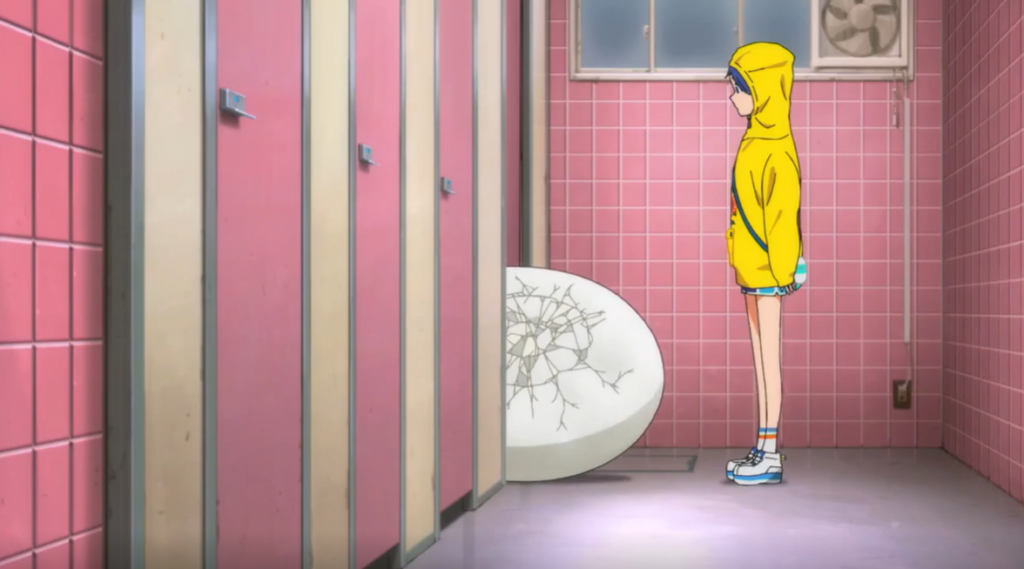
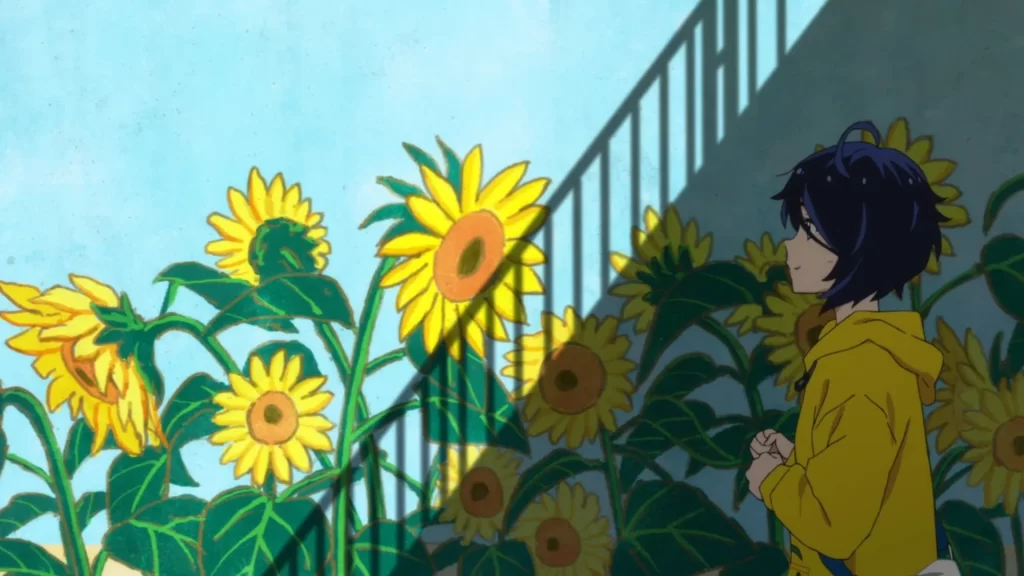
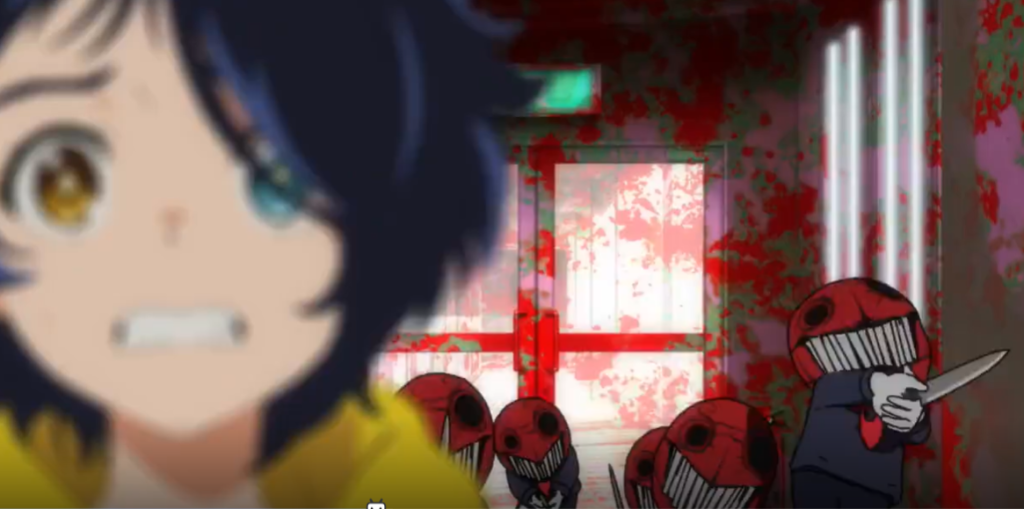

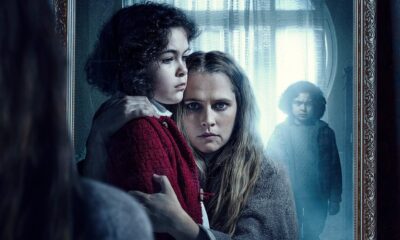





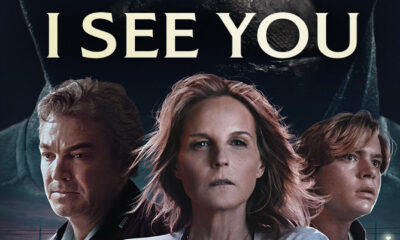



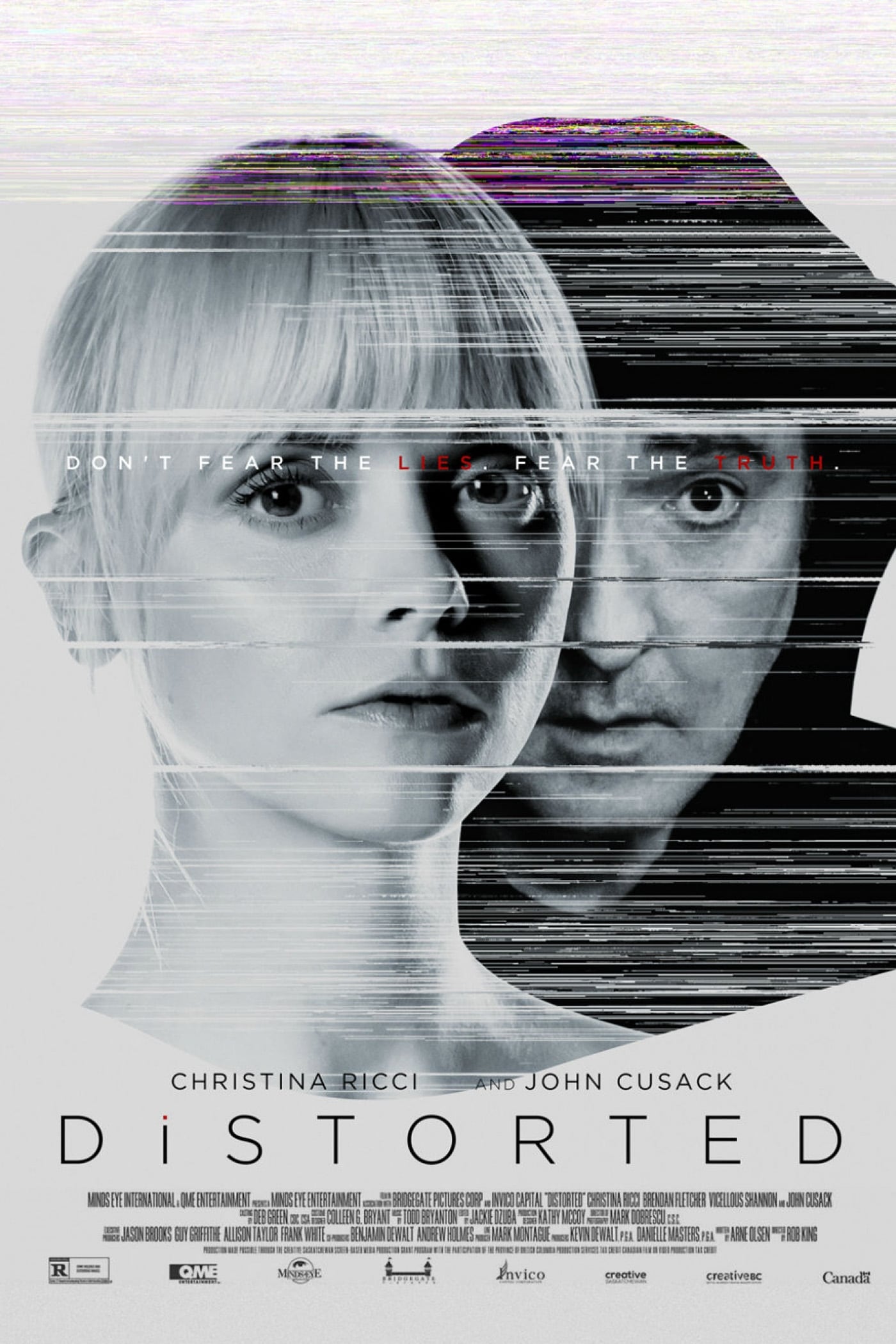
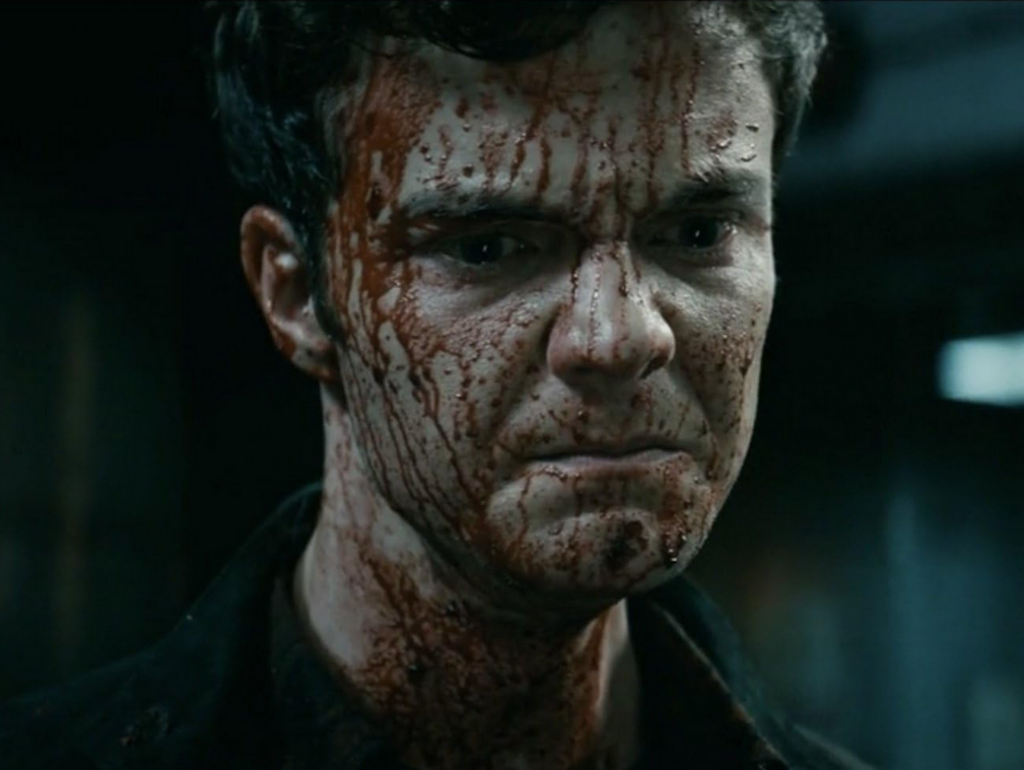
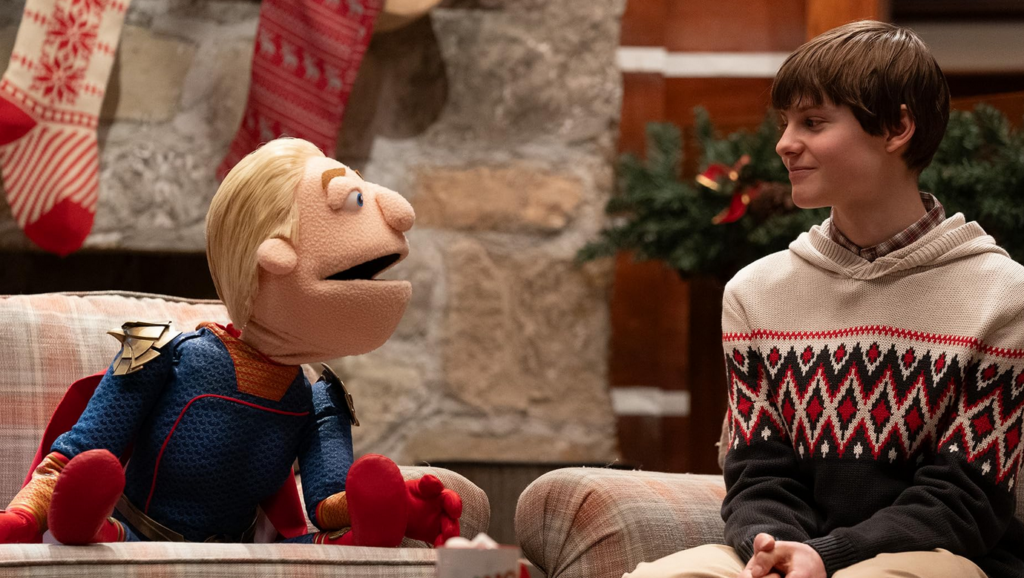
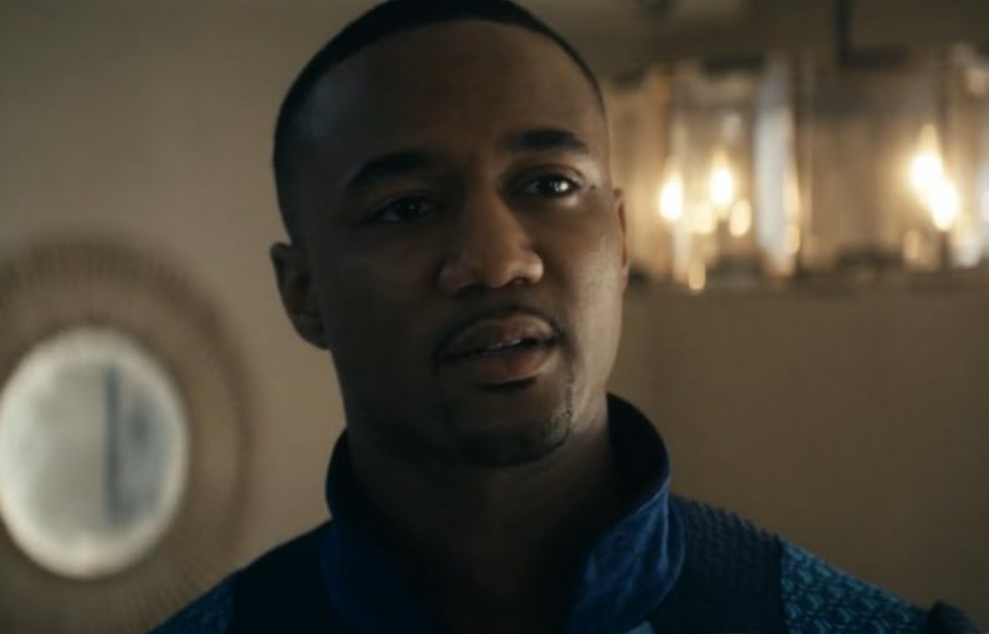

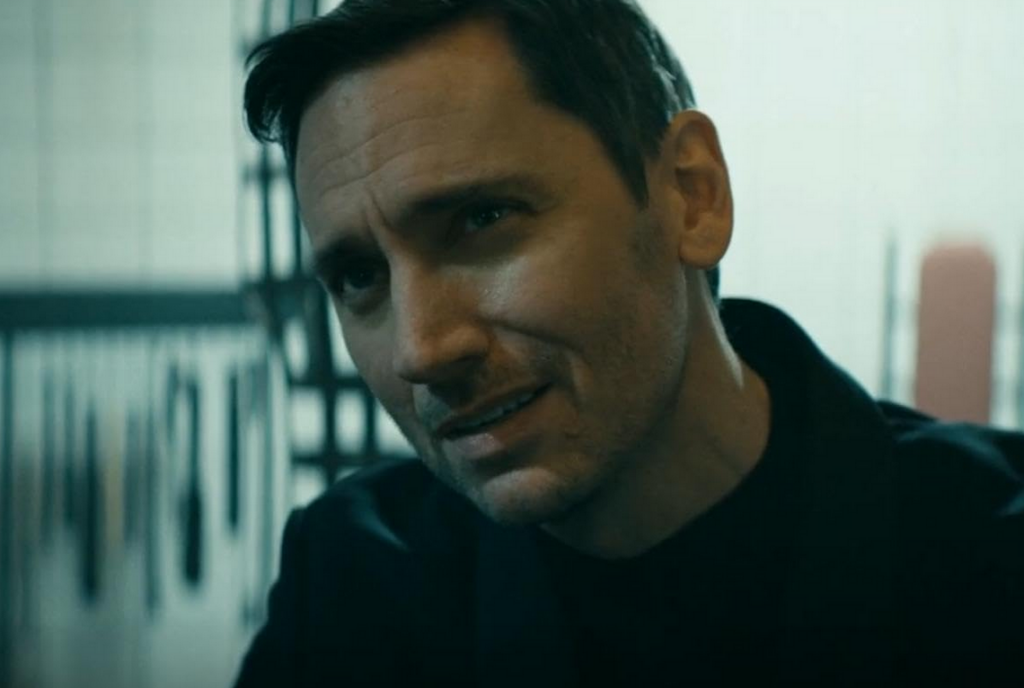


Jennifer Weigel
June 28, 2022 at 10:22 am
Great review. I shall definitely add this to my watch list. This is why I wanted to watch the film Hatching. It also touches on some of the difficulties of being an adolescent girl, growing up, and the expectations that come with it. I am sorry the ending was rushed and didn’t continue on the same trajectory as it started after it seemed the show wouldn’t make it to a second season, that is truly unfortunate and a step backwards from where they started.